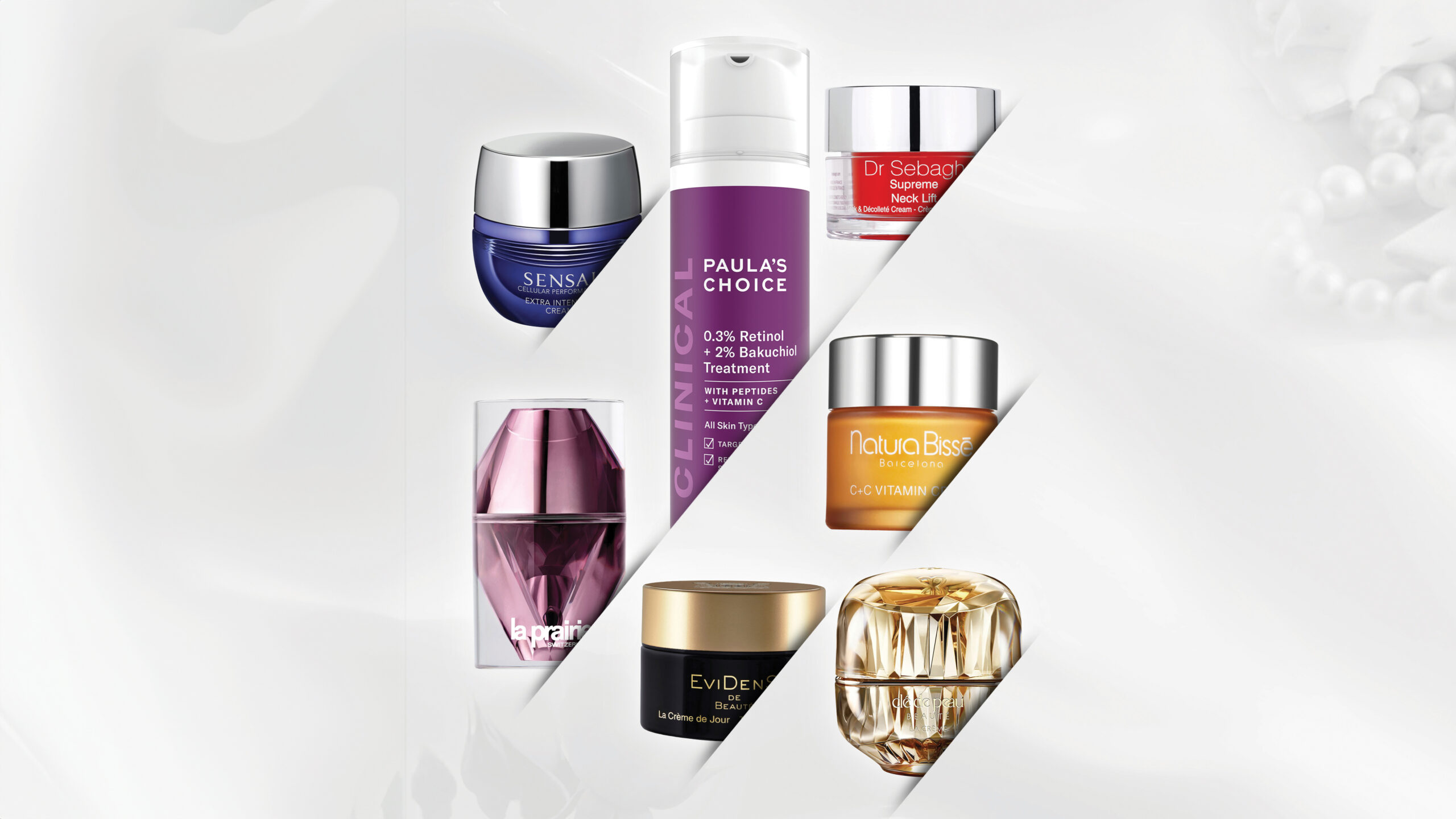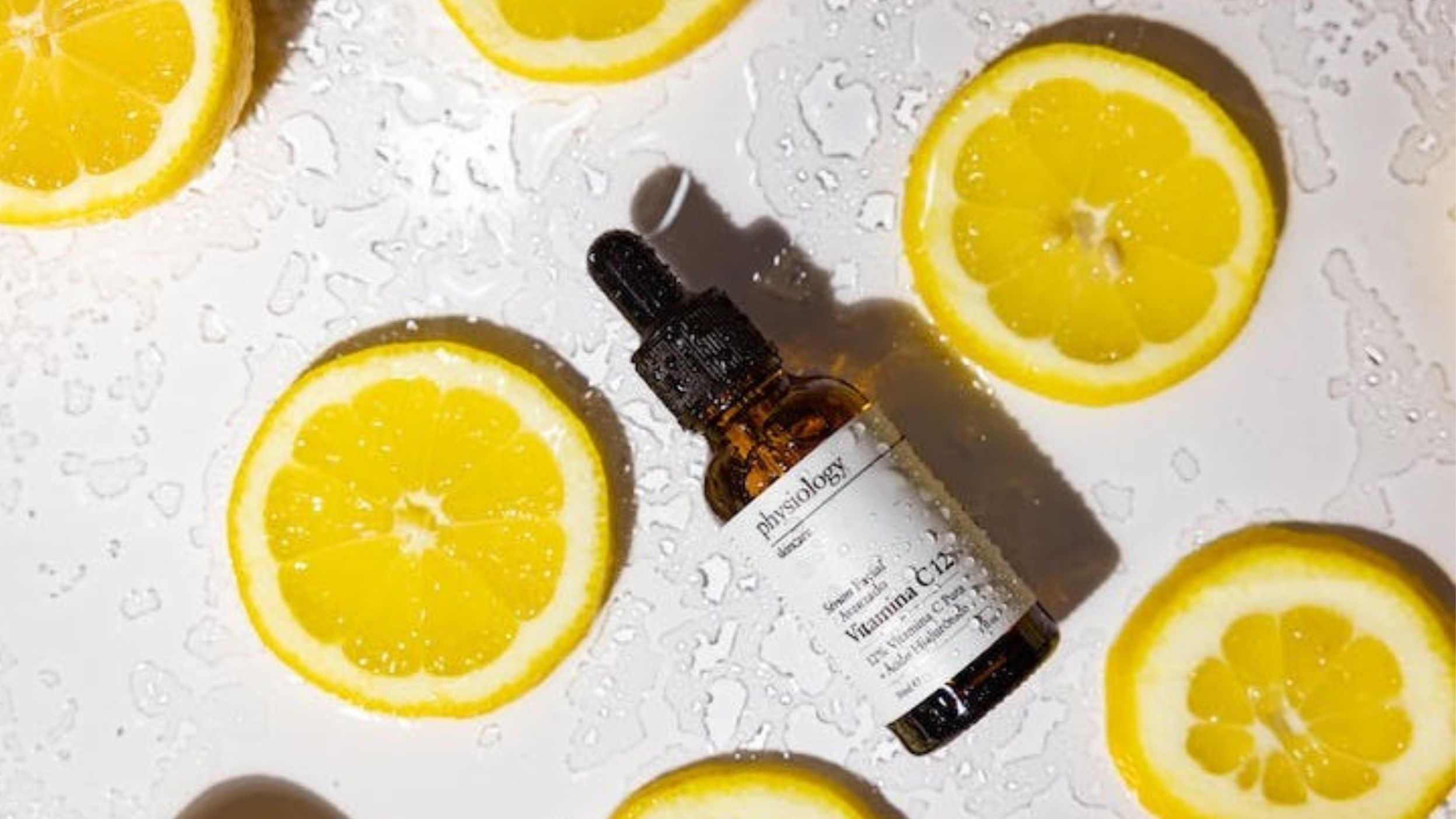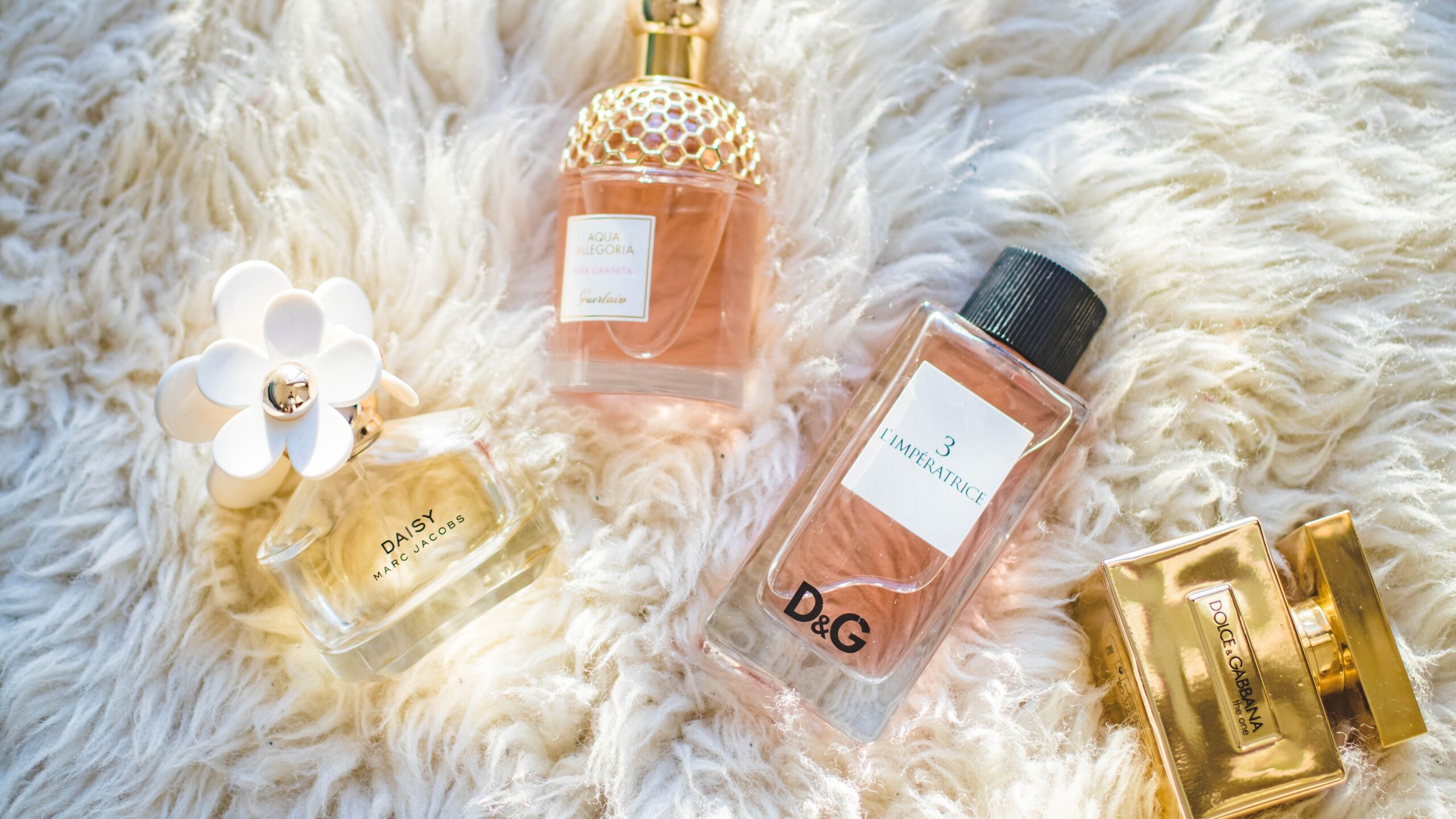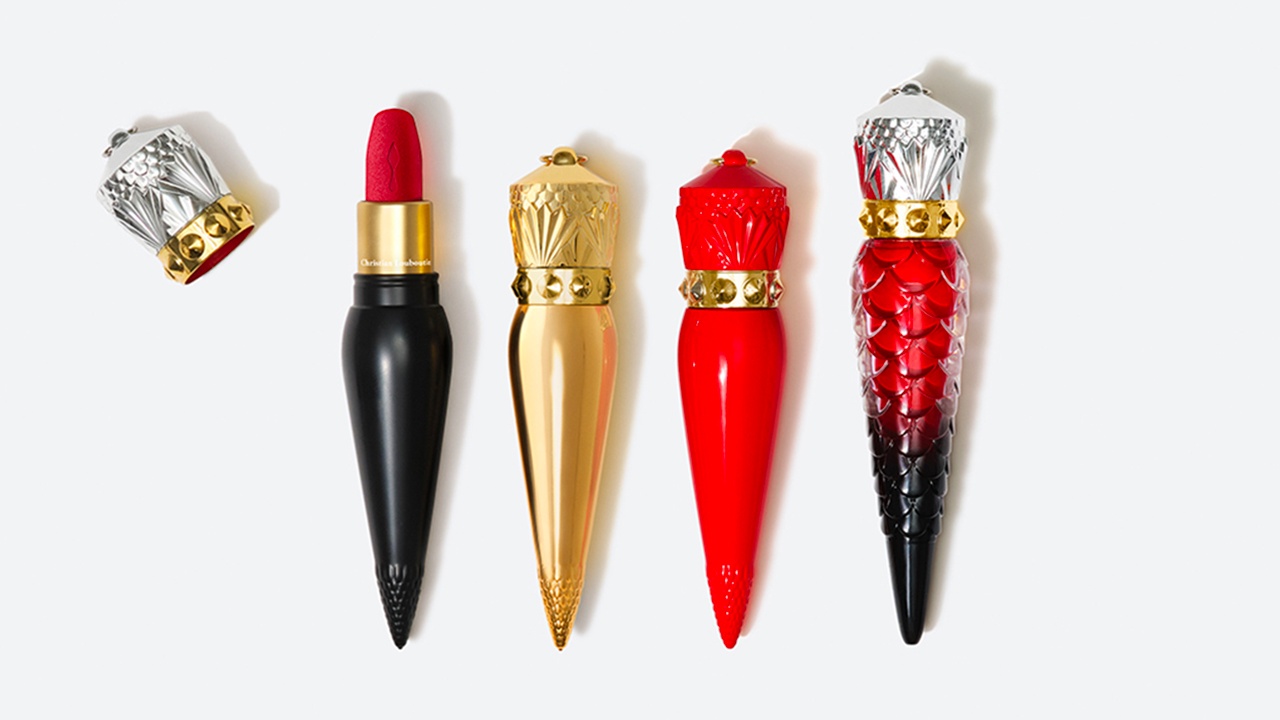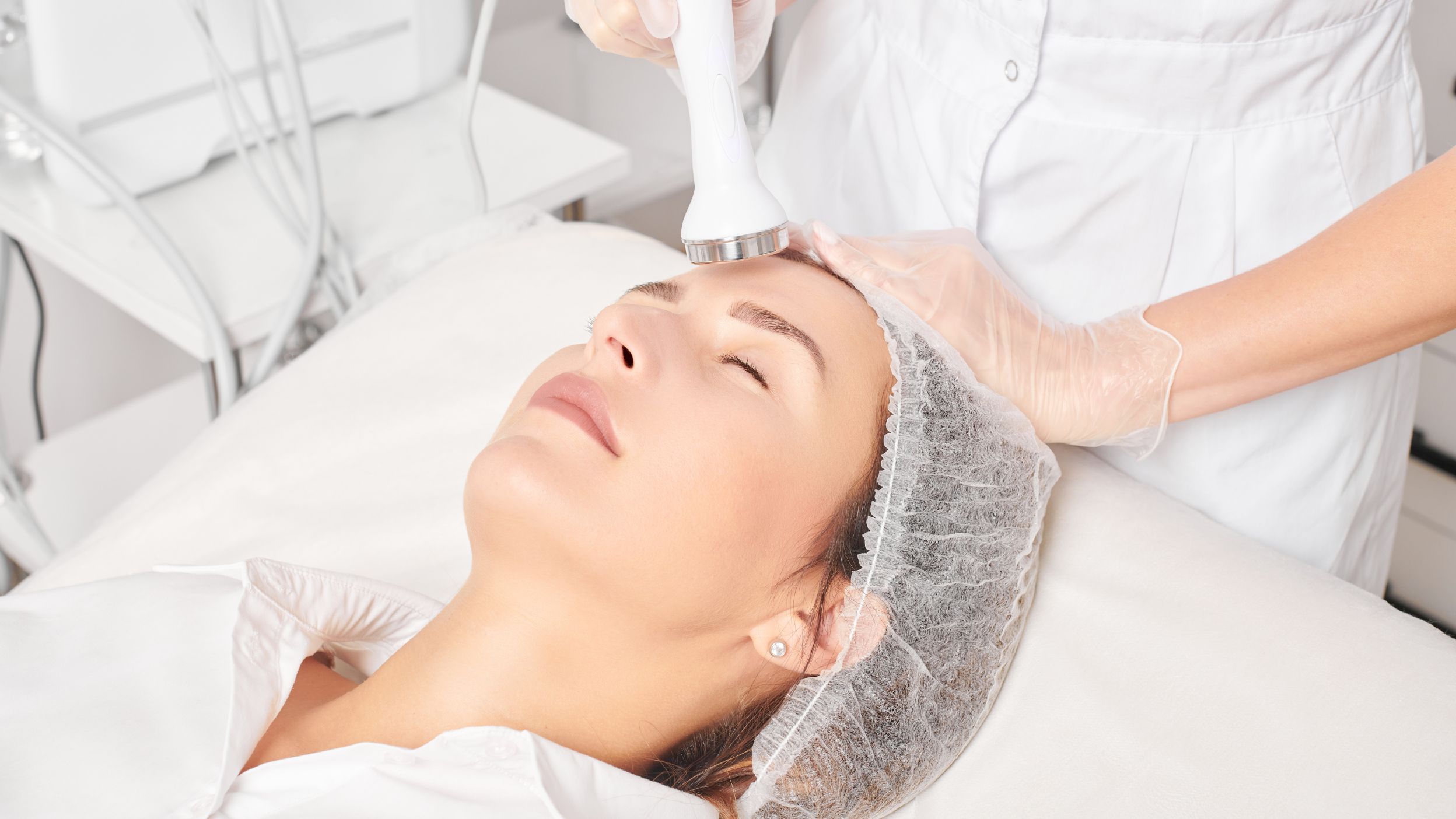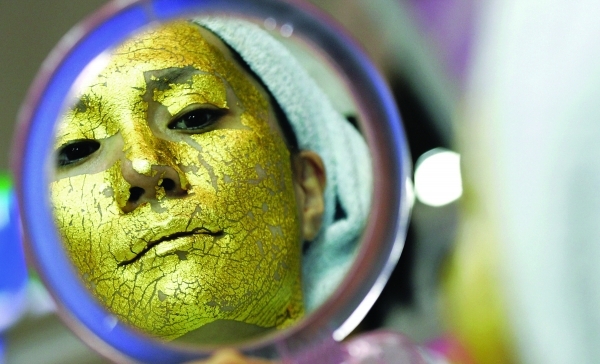
Turn Back Time: Hong Kong’s beauty industry grows ever-larger

The Curious Case of Benjamin Button – a novella by F. Scott Fitzgerald, who most famously penned The Great Gatsby – tells the story of a man who grows younger with age.
Benjamin is born into the body of a 70-year-old man, but as the years go by, his wrinkles mysteriously fade and the grey hairs vanish. He reverts back to middle age, then to early adulthood and finally adolescence. In his final years of life, his physique is indistinguishable from that of a child.
In some ways, Benjamin Button’s case wouldn’t seem all that curious in 2017. Recent groundbreaking research by the US-based Salk Institute has presented convincing evidence that the ageing process is reversible at a cellular level. Using a type of gene therapy that ‘rewinds’ adult cells, scientists successfully made mice look younger, prolonged their lives by 30 percent, and gave them straighter spines and better cardiovascular health – all after six weeks of treatment. The tests had the same effect on human cells in vitro.
“Our study shows that ageing may not have to proceed in one direction,” Juan Carlos Izpisua Belmonte, who led the study, told The Guardian. “With careful modulation, ageing might be reversed.”
Researchers are still determining how to apply these findings in real live humans – something they say could take a decade. In the meantime, the anti-ageing and ‘cosmeceutical’ industry continues to grow ever-larger, with new anti-wrinkle serums and ‘miracle’ creams hitting the market each week. By some estimates, the global anti-ageing market is expected to hit US$216.5 billion (HK$1.68 trillion) in 2021. According to the report by Zion Market Research, the market was valued at US$140.3 billion in 2015.

In Hong Kong, where beauty spas are unregulated and many anti-ageing devices are uncertified, it can be difficult to know which treatments are safe. For some, the quest for beauty has even been fatal. In 2012, three Hong Kong women suffered septic shock – and one ultimately died – after being given a treatment called DC-CIK, which is typically used on cancer patients. Some beauty clinics have touted the unfounded claim that this treatment – which involves withdrawing blood from a patient and injecting it back into the veins – can make the skin look younger. Three men were charged with manslaughter in connection with the woman’s death, including the owner of the DR Esthetic Centre Limited clinic in Causeway Bay, where the women had undergone the procedure.
There have also been reports of extreme treatments with serious health risks, like the Chinese “fire facial” in which an alcohol-soaked towel is draped across the face and lit on fire – supposedly to regenerate cells and reduce wrinkles. For those who are dead serious about reclaiming their youth, no level of pain or price tag is high enough to stop them.
Hong Kong-based physician Susan Jamieson, who lectures on anti-ageing and has treated celebrities like Mick Jagger and Fergie of The Black Eyed Peas, has some simple advice for such determined beauty seekers: “Don’t go to beauty clinics, go to a doctor. Clinics all over the place are using unregistered products,” Dr Jamieson says. “And if the businesses are small, they get away with it because people don’t notice.” The Hong Kong government has taken some steps towards regulating the industry. Last month, it announced a proposal for beauty devices to be categorised by level of risk. For high-risk devices, such as skin lasers, doctors would need to be on hand to operate the machines or, at the very least, to supervise the treatment process.

The local Federation of Beauty Industry has denounced the proposal, calling it “discrimination against beauticians as it is confusing the cosmetic and medical markets,” industry chairman Nelson Yip Sai-hung told the South China Morning Post.
Indeed, many businesses in Hong Kong have blurred the line between medical and cosmetic services. At The Face Magic Haven ‘medi spa’ in Central, treatments are administered by staff with nursing backgrounds, and doctors are on hand to give treatments involving injections.
The spa is run by Deborah Sims, a former champion swimmer who had her own television programme. Sims said she would support some degree of government control over treatments, stressing that “beauty salons that have no training and want to make a fast buck” have negatively affected the beauty industry’s reputation.
The Face Magic Haven, which was recently named the Best Luxury Medical Spa by the Korean Newspaper Association, has an extensive treatment menu. It includes everything from ‘fruit acid’ glycolic peels to Botox and dermal fillers to a ‘placenta essence’ treatment that is said to promote blood circulation and accelerate metabolism.

The spa’s newest treatment, the Byonik pulse-triggered laser, is one of the latest technological innovations in the anti-ageing market. Lasers fire in sync with the client’s pulse, thus ensuring that hyaluronic acid and anti-oxidants are absorbed into skin cells as they expand.
Even the most laser-phobic of clients (like the author of this article) may find themselves relaxing a few minutes into the treatment. It is entirely pain-free; the only minor discomfort is a bright red light that flashes into view when the hand-held laser sweeps the skin surrounding the eyes, which are protected by goggles.
The results are hard to deny. After the hour-long treatment is complete, the skin feels smooth and hydrated, and looks positively radiant. A single treatment can yield effects lasting a month, while successive treatments (eight are recommended) can prolong results for one year.
Another popular option at The Face Magic Haven is the ‘Lunch Hour Facelift,’ so named for its 50-minute treatment time. Fine threads are inserted under the skin to tighten and lift sagging skin. While it is more invasive than a laser treatment, it is non-surgical and carries a short recovery time.
“The thought of putting threads into your skin has many saying, ‘Oh my God,’ but again, they don’t understand [how it works],” Sims says. “The threads that we use are all dissolvable threads.”
Although Dr Jamieson’s private practice in Central’s Asia Standard Tower is strictly a medical clinic – offering treatments such as stress management and hormone replacement – some women come in seeking more youthful and radiant skin by way of an ‘acupuncture facial.’

Using a traditional Chinese method, ultra-fine needles are inserted into the face at different pressure points, which redirects the flow of energy, or ‘qi,’ and stimulates the production of collagen for firmer skin, Dr Jamieson says.
“Women love it. They come in regularly every week for that. It increases blood circulation in the skin, it gives you a mini face lift and it increases skin clarity,” she says.
For those who aren’t too keen on lasers or needles, creams and serums are still the primary choice for many seeking younger skin. And although many skin care brands peddle snake oil serums that do little to reduce wrinkles, the industry is arguably more reputable than ever.
Dr Björn Örvar, who holds a doctorate in plant molecular biology and co-founded skin care brand Bioeffect, thinks so at least.
“I think [the industry] is maturing in the sense that we have more real science now than we used to have,” Dr Örvar says. “We are seeing these companies becoming more and more serious about what actually works, and when we talk about what actually works in terms of skin care products, there are not many options.”
A team of Icelandic scientists, including Dr Örvar, took a groundbreaking approach to skin care when they started producing tiny proteins called ‘growth factors,’ which are used for stem cell research but can also be used to slow the ageing process in skin cells. Thus, Bioeffect was born, and it is now used by 30 percent of Icelandic women over the age of 30, as well as a slew of women around the world. China is now the company’s fastest-growing market.
The success of the Bioeffect serum – which contains only seven ingredients – also points to a consumer populace that is no longer wooed by attractive packaging or exotic-sounding ingredients. What they want is proven results.

“We are appealing to the group that we call the ‘beautyistas,’” Dr Orvar says. “They’re more concerned about what they put on their skin … and they want to know if it does something to the skin, if it’s really helping. I think this population is growing and growing.”
More than ever before, women in their 20’s are starting to take preventative measures to preserve their youthful glow longer, and men are increasingly purchasing anti-ageing products and treatments, too.
While many treatments work wonders, there are no silver bullets when it comes to anti-ageing. Physicians are quick to stress that a total-body approach is most effective, which includes a well-balanced diet, exercise, a sound mindset and overall healthy lifestyle.
“You can’t separate the skin and appearance from internal health, but people do, and they just think they’ll go for a bit of Botox and look great,” Dr Jamieson says.
“We all love to look good, but at the end of the day, if you don’t feel good it doesn’t get you very far. Inner glow leads to outer glow.”
Written by Emily Petsko



